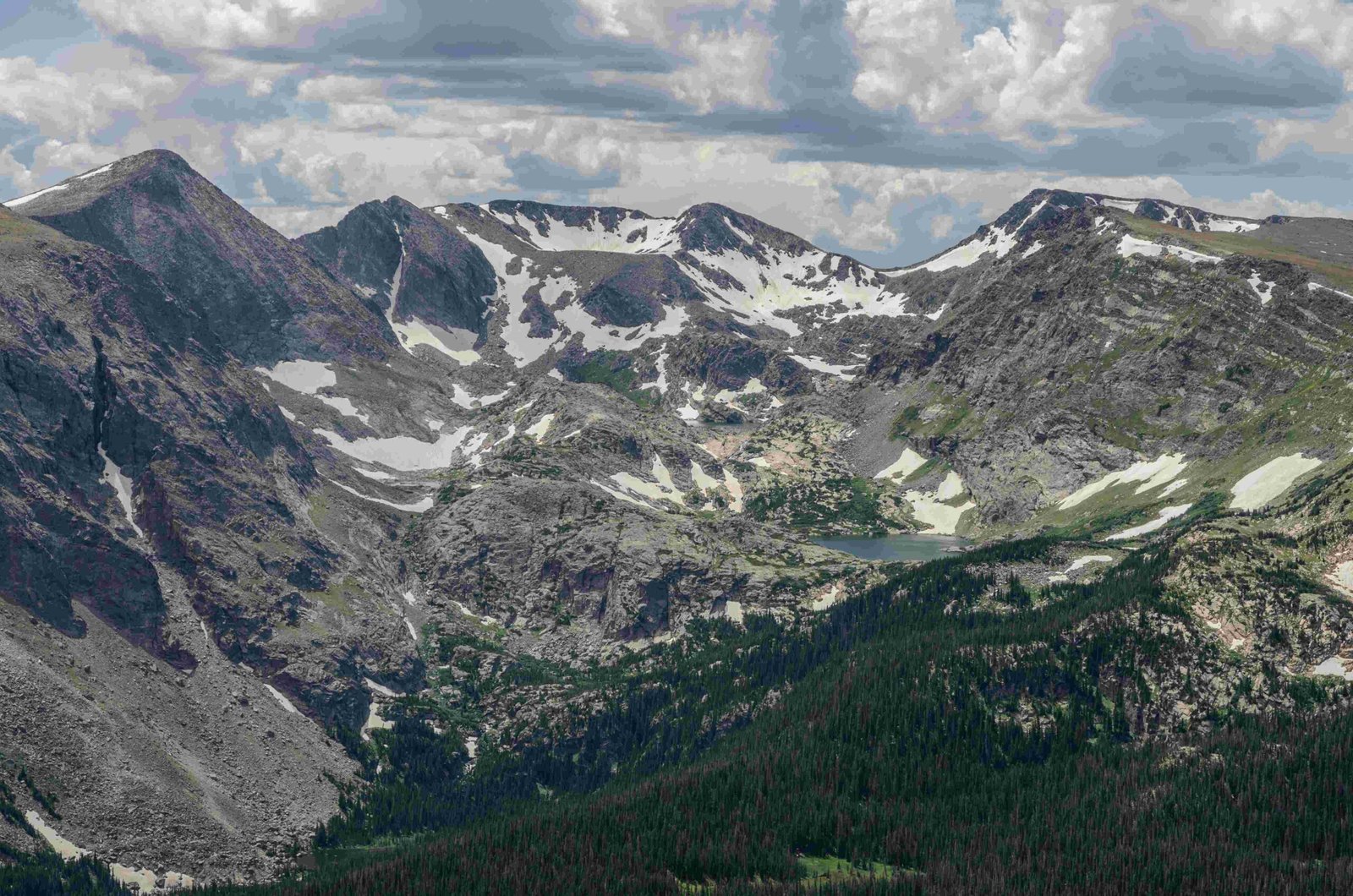Rocky Mountain National Park’s alpine tundra, located above 11,000 feet, offers a unique and breathtaking ecosystem. This harsh environment, characterized by extreme weather conditions and stunning vistas, is home to resilient flora and fauna adapted to high-altitude living. Visitors can explore this otherworldly landscape via scenic drives, challenging hikes, and educational programs, experiencing the raw beauty of one of America’s most iconic national parks.
What is the Alpine Tundra Ecosystem in Rocky Mountain National Park?

The alpine tundra ecosystem in Rocky Mountain National Park is a remarkable environment that begins at elevations between 11,000 to 11,500 feet. This region is characterized by:
- Extreme climate conditions with strong, frequent winds and cold temperatures
- Absence of trees due to harsh conditions
- Primarily perennial plants, many dwarfed to protect against wind and cold
- Diverse wildlife adapted to high-altitude living
Flora of the Alpine Tundra
The plant life in this ecosystem is uniquely adapted to survive in challenging conditions. Common plants include:
- Dandelions (Taraxacum officinale)
- Common Yarrow (Achillea millefolium)
- Alpine forget-me-nots
- Indian paintbrush
These plants have developed strategies to withstand the harsh environment, such as growing close to the ground to avoid strong winds.
Fauna of the Alpine Tundra
Despite the challenging conditions, the alpine tundra supports a variety of wildlife:
| Animal Type | Examples |
|---|---|
| Insects | Halictid bee, Red Turnip Beetle (Entomoscelis americana) |
| Mammals | Deer, Elk |
| Birds | Various species (less abundant than at lower elevations) |
What Are the Best Viewpoints Along Trail Ridge Road?

Trail Ridge Road offers several spectacular viewpoints to experience the alpine tundra:
- Forest Canyon Overlook
- Elevation: 11,716 feet
- Features: Views of alpine tundra and glacial moraine
-
Accessibility: Short walk from parking lot
-
Alpine Visitor Center
- Elevation: 11,796 feet
- Features: Panoramic views, educational exhibits
-
Accessibility: Wheelchair-accessible facilities
-
Rock Cut
- Location: Around mile marker 12 on Trail Ridge Road
- Features: Unique geological formations, alpine landscape views
What Hiking Trails Are Available Above Timberline?
For those seeking to explore the alpine tundra on foot, Rocky Mountain National Park offers several hiking trails:
The Keyhole Route to Longs Peak
- Length: Approximately 14.5 miles round trip
- Difficulty: Very challenging
- Elevation Gain: Over 4,800 feet
- Estimated Hiking Time: 10-12 hours
- Permits: Not required, but prepare for extreme conditions
The Alpine Ridge Trail
- Length: Approximately 2 miles round trip
- Difficulty: Moderate to challenging
- Elevation Gain: Around 1,000 feet
- Estimated Hiking Time: 2-4 hours
- Permits: Not required, but check for seasonal closures
Where Are the Best Wildflower Viewing Locations?
Rocky Mountain National Park’s alpine tundra bursts with colorful wildflowers during the summer months. Prime viewing locations include:
- Alpine Visitor Center Area
- Peak blooming season: Late July to early August
-
Notable flowers: Alpine forget-me-nots, Indian paintbrush
-
Forest Canyon Overlook
- Unique habitat: Glacial moraine
- Diverse array of alpine wildflowers
What Precautions Should Visitors Take When Exploring Above Timberline?
Exploring the alpine tundra requires careful preparation:
- Check weather forecasts and be prepared for rapid changes
- Bring appropriate gear, including warm layers and rain protection
- Stay hydrated and be aware of altitude sickness symptoms
- Stick to designated trails to protect fragile alpine vegetation
- Inform someone of your hiking plans, especially for longer trails
How Can Visitors Learn More About the Alpine Tundra Ecosystem?
Rocky Mountain National Park offers several educational opportunities:
- Guided tours focused on alpine tundra flora and fauna
- Educational programs at visitor centers
- Interpretive signs along trails and at viewpoints
- Park ranger-led talks and walks (seasonal availability)
By participating in these programs, visitors can gain a deeper understanding of this unique ecosystem and its importance to the park’s biodiversity.
